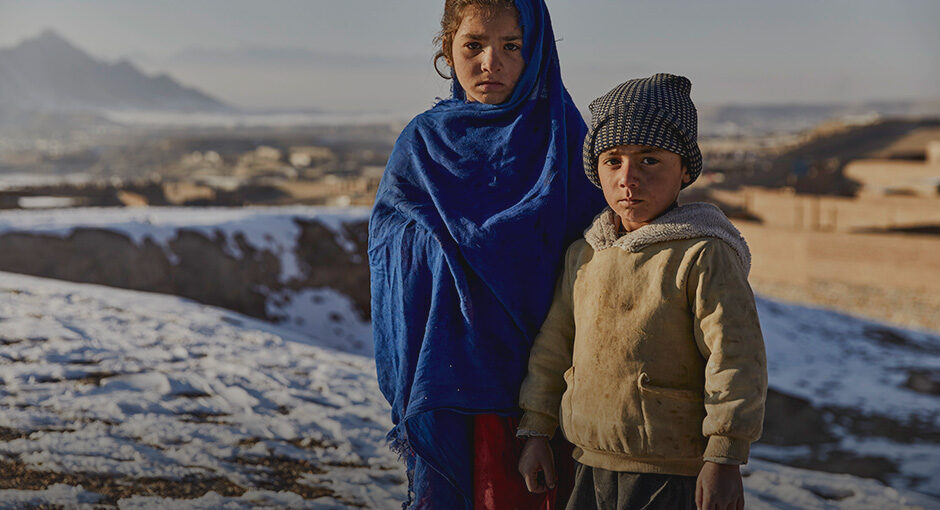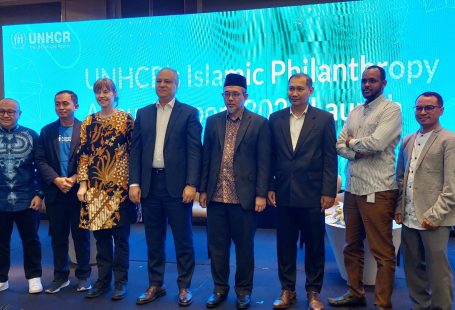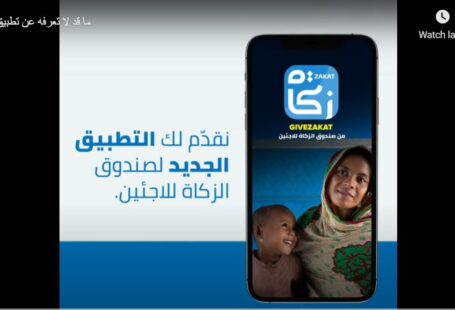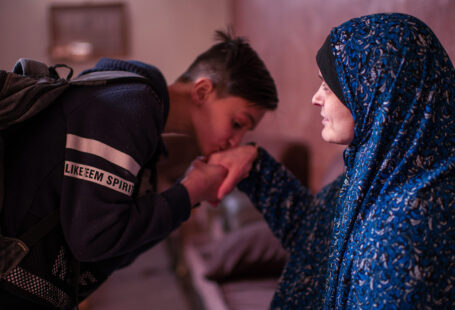There are currently more than 100 million forcibly displaced persons around the world, mostly refugees and internally displaced persons (IDPs), more than 50% of them are originating from member states of the Organization of Islamic Cooperation (OIC). In all countries where UNHCR operates, we follow vulnerability assessment frameworks that allow us to identify the most vulnerable beneficiaries that cannot survive without our humanitarian assistance. UNHCR defines vulnerability as the risk of household exposure to harm, primarily in relation to protection threats, inability to meet basic needs, limited access basic services, food insecurity, and the ability of the population to cope with the consequences of this harm.
Debt, poverty, health, and livelihoods are among many of the vulnerability criteria that UNHCR carefully investigates to qualify families for assistance. Extremely vulnerable households include, but are not limited to, female-headed households who have no alternative sources of income. All those identified as the most vulnerable and eligible for assistance fall under the following Zakat categories: the poor and the needy, the debtors, and the wayfarers. In every country of operation, we know exactly who are the most vulnerable, who are Zakat eligible, and how much it costs to help them continue to live in dignity.











Social Profiles